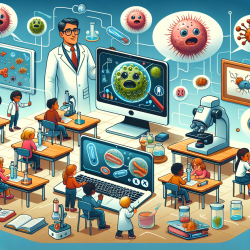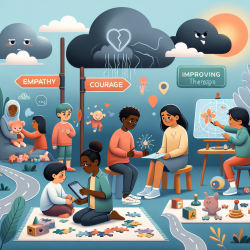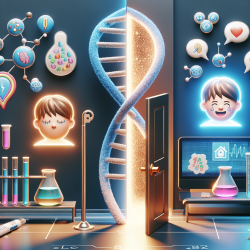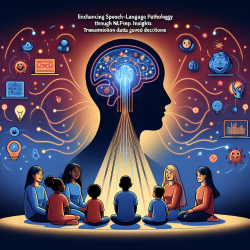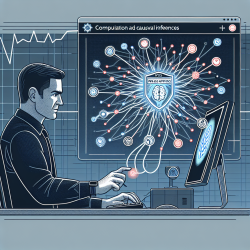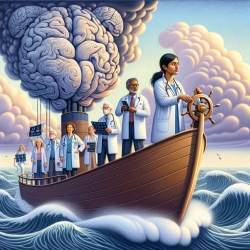Introduction
In the realm of special education, continuous improvement and adaptation are crucial to meet the diverse needs of students. While it may seem unrelated, the study of biofilm growth, particularly the research on Bacillus subtilis bacterial biofilm, offers valuable insights that can be applied to educational practices. This blog will explore how the findings from the research article "Modeling of the Bacillus subtilis Bacterial Biofilm Growing on an Agar Substrate" can inspire educators and therapists to enhance their skills and encourage further interdisciplinary research.
Understanding Biofilm Growth
The research article presents a mathematical model of biofilm growth on an agar substrate, utilizing principles such as mass conservation, Fick's first law, and Monod's kinetic reaction. The model provides insights into biofilm thickness, active biomass, and nutrient concentration, which can be metaphorically applied to educational settings. Just as biofilms grow and adapt to their environment, educational strategies must evolve to accommodate the unique needs of each student.
Applying Biofilm Models in Education
By understanding the dynamics of biofilm growth, educators can draw parallels to the learning environment. Here are a few ways to apply these insights:
- Adaptive Learning Environments: Just as biofilms adapt to nutrient availability, educational environments should be flexible, providing students with the resources they need to thrive.
- Interdisciplinary Collaboration: The study highlights the importance of integrating different scientific principles. Similarly, collaboration between educators, therapists, and researchers can lead to innovative solutions in special education.
- Data-Driven Strategies: The mathematical modeling of biofilm growth emphasizes the importance of data in understanding complex systems. Educators can utilize data analytics to tailor learning experiences to individual student needs.
Encouraging Further Research
The intersection of biofilm research and education underscores the potential for interdisciplinary studies to enhance educational practices. Educators and therapists are encouraged to explore further research in this area, seeking innovative ways to apply scientific principles to improve learning outcomes.
Conclusion
The research on Bacillus subtilis biofilm growth provides a unique perspective on the adaptability and complexity of systems, which can be mirrored in educational practices. By embracing interdisciplinary research and data-driven strategies, educators can foster environments that support the diverse needs of students in special education.
To read the original research paper, please follow this link: Modeling of the Bacillus subtilis Bacterial Biofilm Growing on an Agar Substrate.
